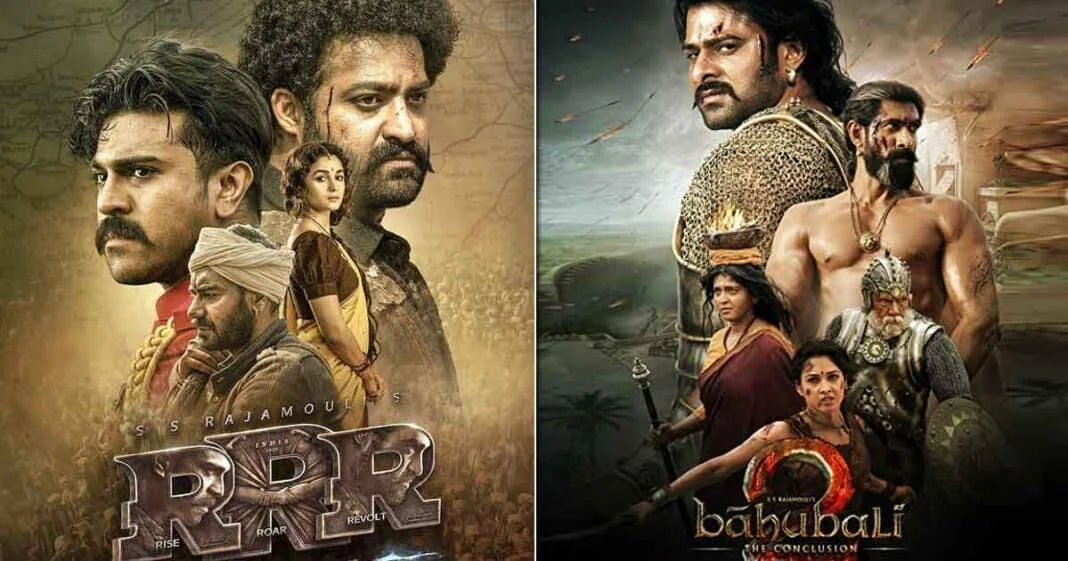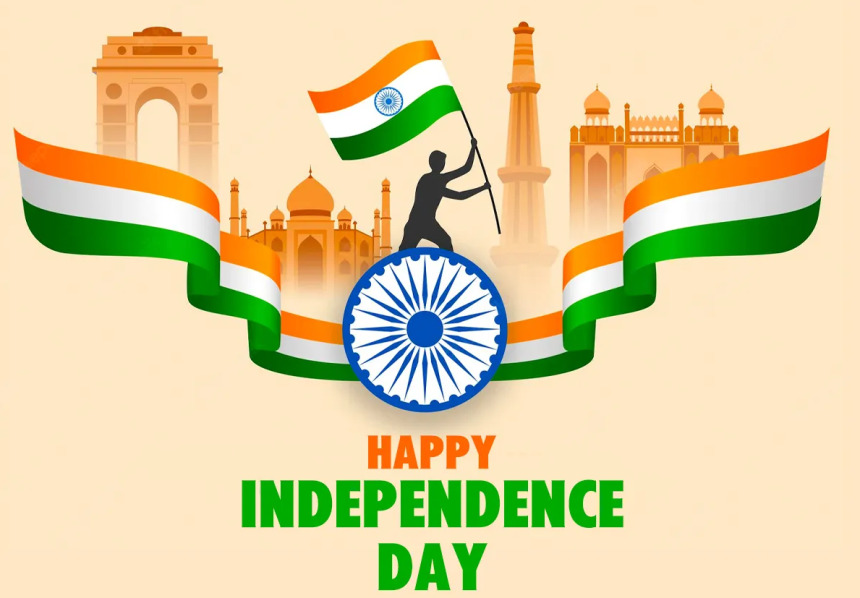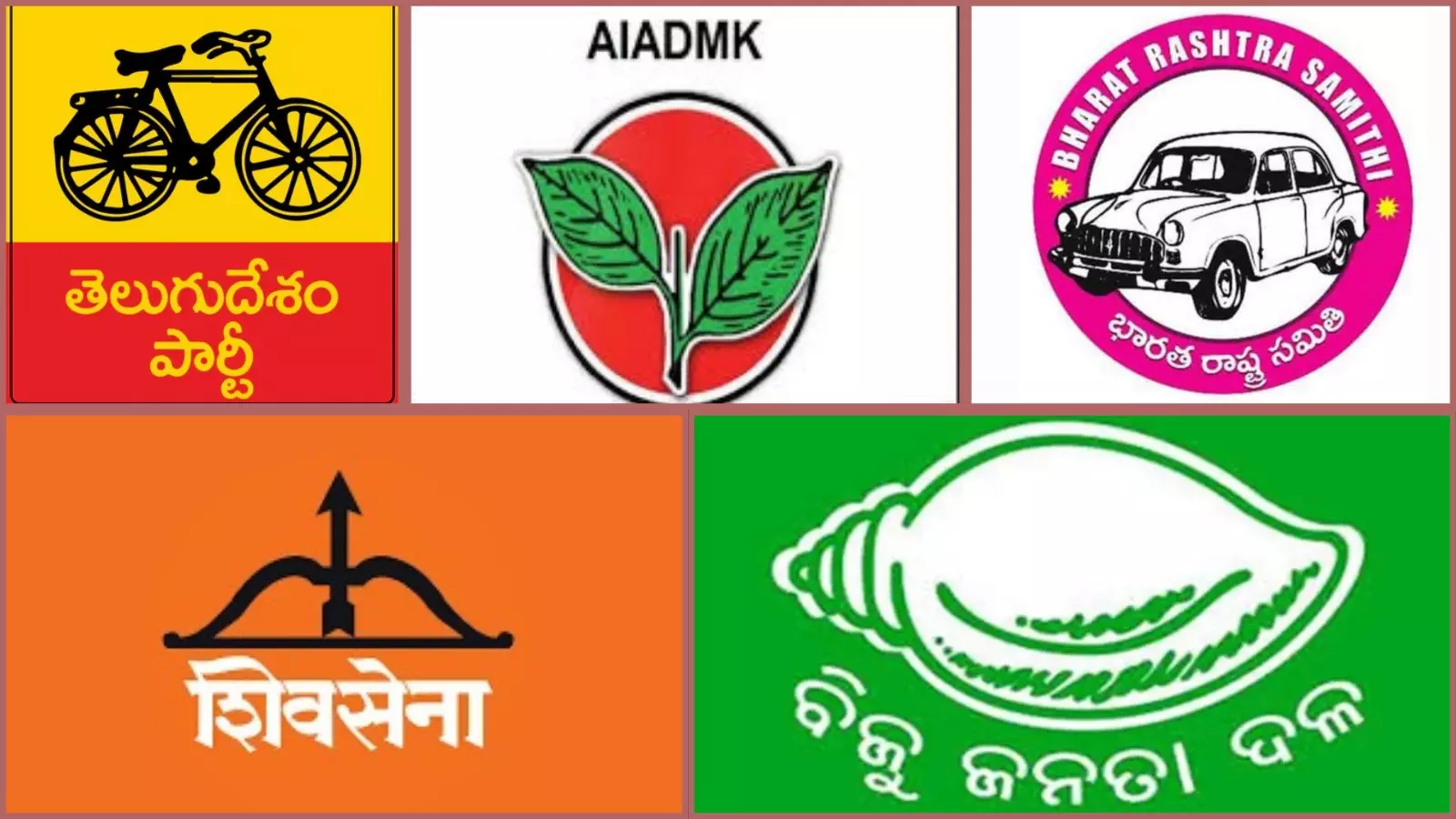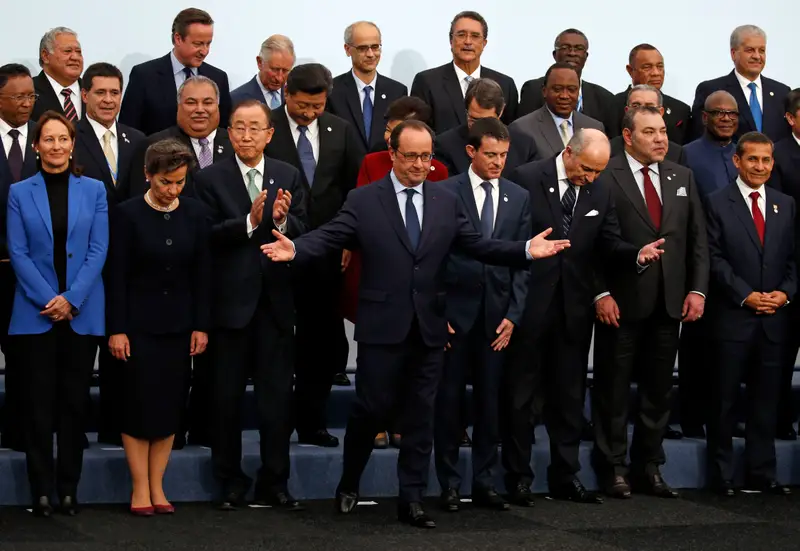Indian cinema has seen its fair share of epic films, but few have left a lasting cultural footprint like Baahubali and RRR.
Both helmed by the genius of S.S. Rajamouli, these films didn’t just shatter box office records—they rewrote the rules for Indian filmmaking, storytelling, and global perception.
But the question remains:
Which was the bigger cultural moment—Baahubali or RRR?
Let’s break it down across key areas: box office success, global impact, fan culture, innovation, and long-term legacy.
💥 The Box Office Battle
Let’s start with numbers, because both films made serious money.
📈 Baahubali (2-Part Saga):
Baahubali: The Beginning (2015) grossed ₹650+ crore worldwide
Baahubali 2: The Conclusion (2017) smashed records with ₹1800+ crore
At the time, it became the highest-grossing Indian film ever, even surpassing Dangal briefly in India
🔥 RRR (2022):
Collected ₹1200+ crore globally
Became the highest-grossing Indian film in multiple countries, including Japan and the U.S. (for a non-Hindi film)
It was made as a one-part standalone, unlike Baahubali’s two-film arc
📊 Winner: Baahubali in raw numbers, but RRR had massive momentum for a single film with no sequel support.
🌍 Global Reach & Recognition
While Baahubali introduced international audiences to South Indian cinema, RRR blew the doors wide open.
Baahubali:
Gained popularity in the Middle East, China, and Southeast Asia
Laid the foundation for pan-India distribution
Introduced non-Telugu audiences to Indian mythology on a grand scale
RRR:
Went viral on Netflix, hitting Top 10 charts globally
Received Hollywood attention from filmmakers like James Cameron and the Russo Brothers
Won an Oscar for “Naatu Naatu”—a historic first for a truly Indian film
It was championed by major Western film critics, YouTubers, and festivals
🌍 Winner: RRR, for making Indian cinema feel global, not just “foreign.”
🧠 Innovation & Filmmaking
Both films raised the technical bar for Indian cinema, but in different ways.
Baahubali:
Pioneered VFX and production scale never seen before in Indian movies
Created entire fictional kingdoms and languages, like Tollywood’s own Lord of the Rings
Built emotional depth across two films with intense visual storytelling
RRR:
Took historical fiction and turned it into superhero-level storytelling
Seamlessly blended practical effects, wirework, and CGI
Had some of the most inventive action sequences in Indian cinema history (fire vs water, animal attacks, etc.)
🎥 Winner: Tie. Baahubali wins for world-building. RRR wins for technical creativity and pacing.
🎤 Cultural Impact & Conversations
This is where things get even more interesting.
Baahubali:
The line “Why did Kattappa kill Baahubali?” became a national obsession
Inspired memes, merchandise, comic books, animated spin-offs, and a Netflix series
United audiences across languages—North, South, and beyond
Defined the “pan-India film” template for years to come
RRR:
Sparked a global trend with “Naatu Naatu” challenges and dance covers
Created serious conversations about colonial resistance and friendship as revolution
Revived interest in Indian freedom fighters beyond textbook history
Found emotional resonance with non-Indian audiences, especially in the West
🔥 Winner: RRR, for expanding cultural conversations globally and emotionally.
🙌 Fan Following & Movement
Fandom played a huge role in both films' success, but in different eras.
Baahubali:
Cult following in India, with fans dressing as Amarendra Baahubali at festivals
Long lines, ticket sellouts, fan screenings—even re-releases in some theatres
Became a symbol of pride in Telugu cinema
RRR:
Found massive love from global fan communities
Inspired cosplay, live screenings, TikTok, and viral memes outside India
Even had fans lobbying for it to be nominated for Best Picture at the Oscars
❤️ Winner: RRR, for turning a local blockbuster into a global fan movement
🏛️ Long-Term Legacy
Let’s look at the bigger picture—what each film left behind.
Baahubali’s Legacy:
Created the modern pan-India film market
Changed how Indian filmmakers approach multilingual releases
Cemented S.S. Rajamouli’s reputation as a global visionary
Inspired a wave of period dramas and VFX-heavy epics
RRR’s Legacy:
Proved Indian cinema can dominate globally without pandering to Western tastes
Pushed international awards and critics to take Indian films seriously
Changed the way Indian masculinity and friendship are portrayed on-screen
Inspired other Indian filmmakers to dream bigger, for the world stage
🏆 Winner: RRR, for shaping not just Indian cinema, but global cinema’s view of India.
✅ Final Verdict: Who Wins?
It’s a close call—but here’s the breakdown:
| Category | Winner |
|---|---|
| Box Office | Baahubali |
| Global Reach | RRR |
| Filmmaking | Tie |
| Cultural Conversations | RRR |
| Fan Movement | RRR |
| Long-Term Legacy | RRR |
🎖️ Overall Winner: RRR
While Baahubali built the stage,
RRR stepped onto it and brought the world to its feet.
Both films are legendary. Both changed Indian cinema.
But RRR pushed the boundaries of what an Indian film can be—not just at home, but globally.
📌 Want More?
Check out:













Recent Comments
No comments yet.